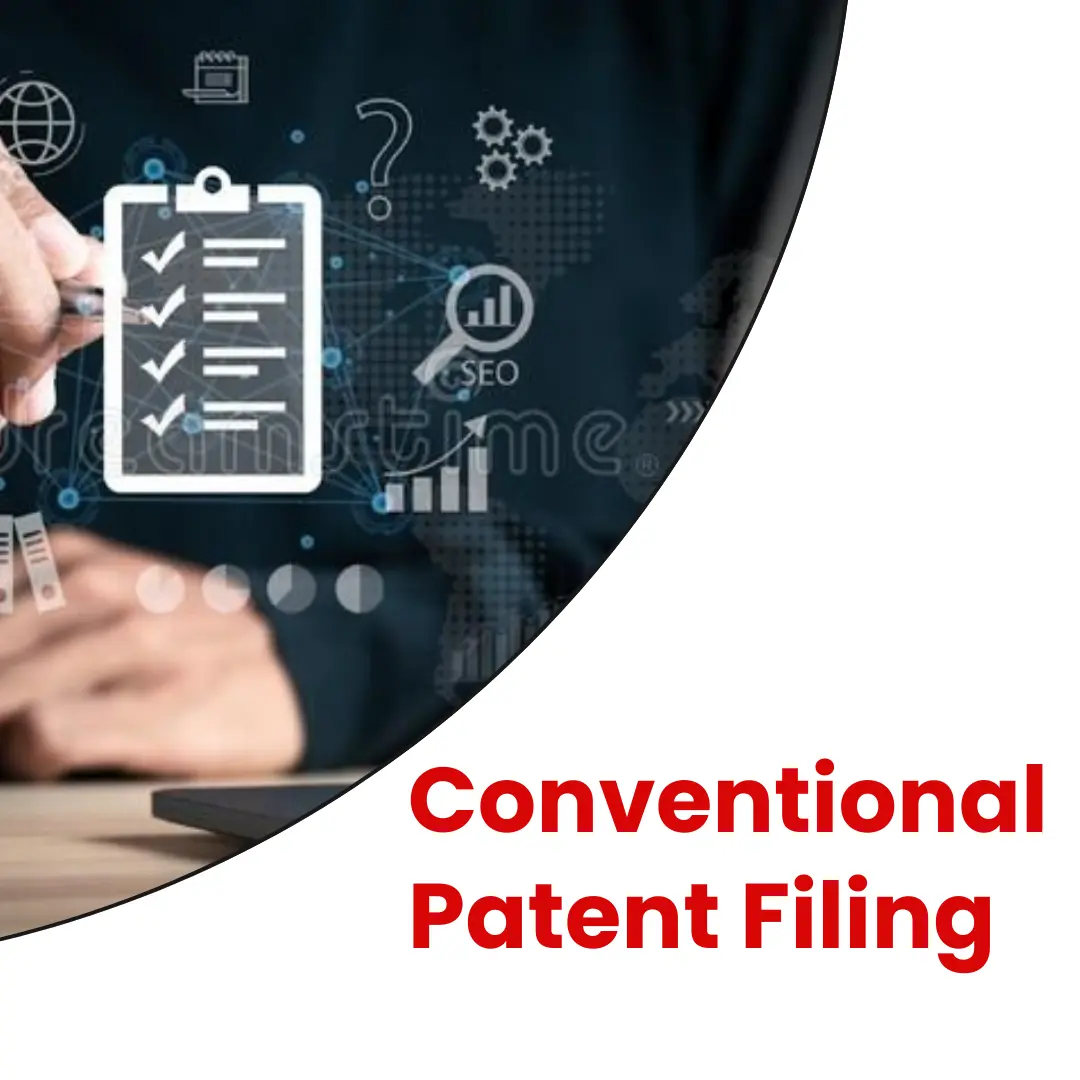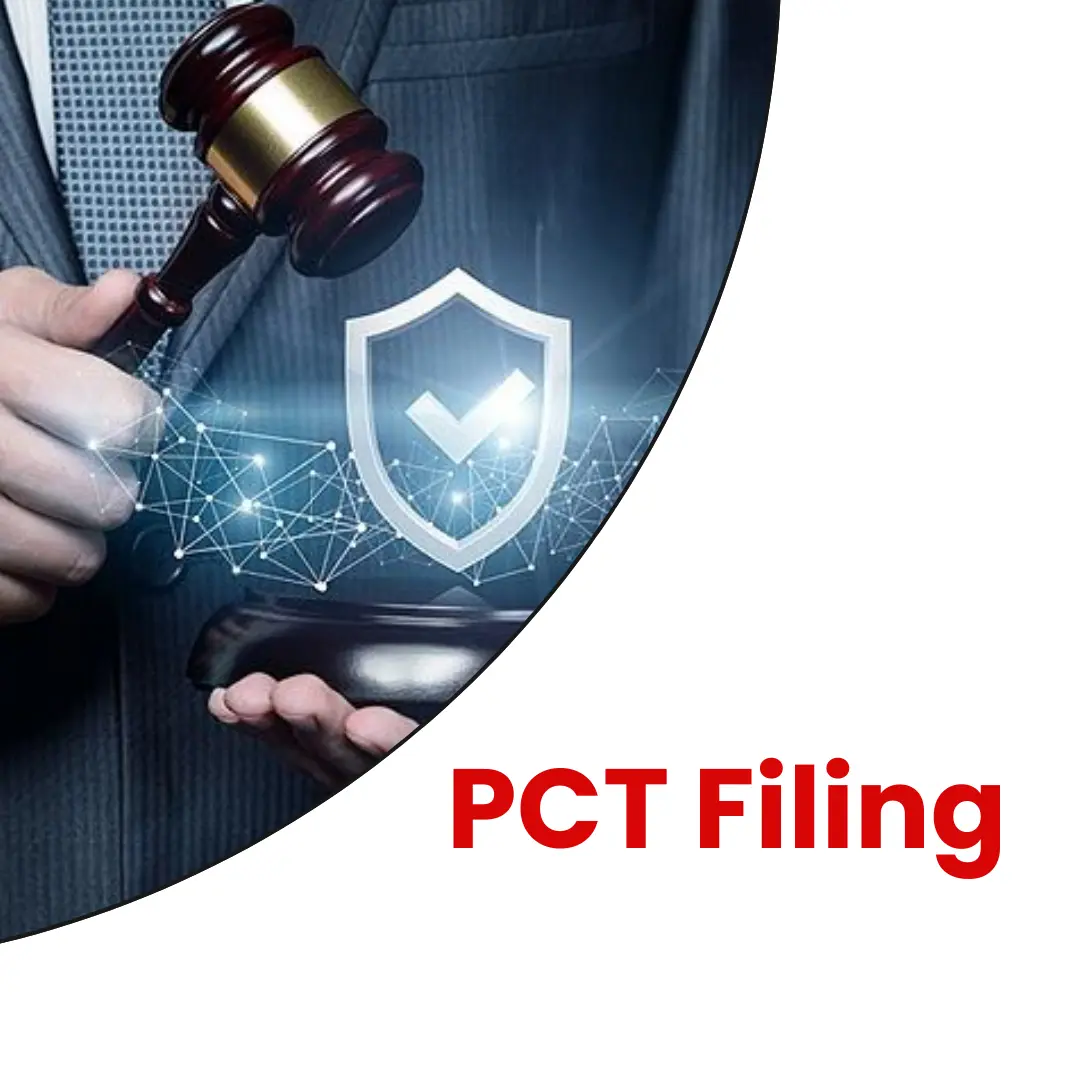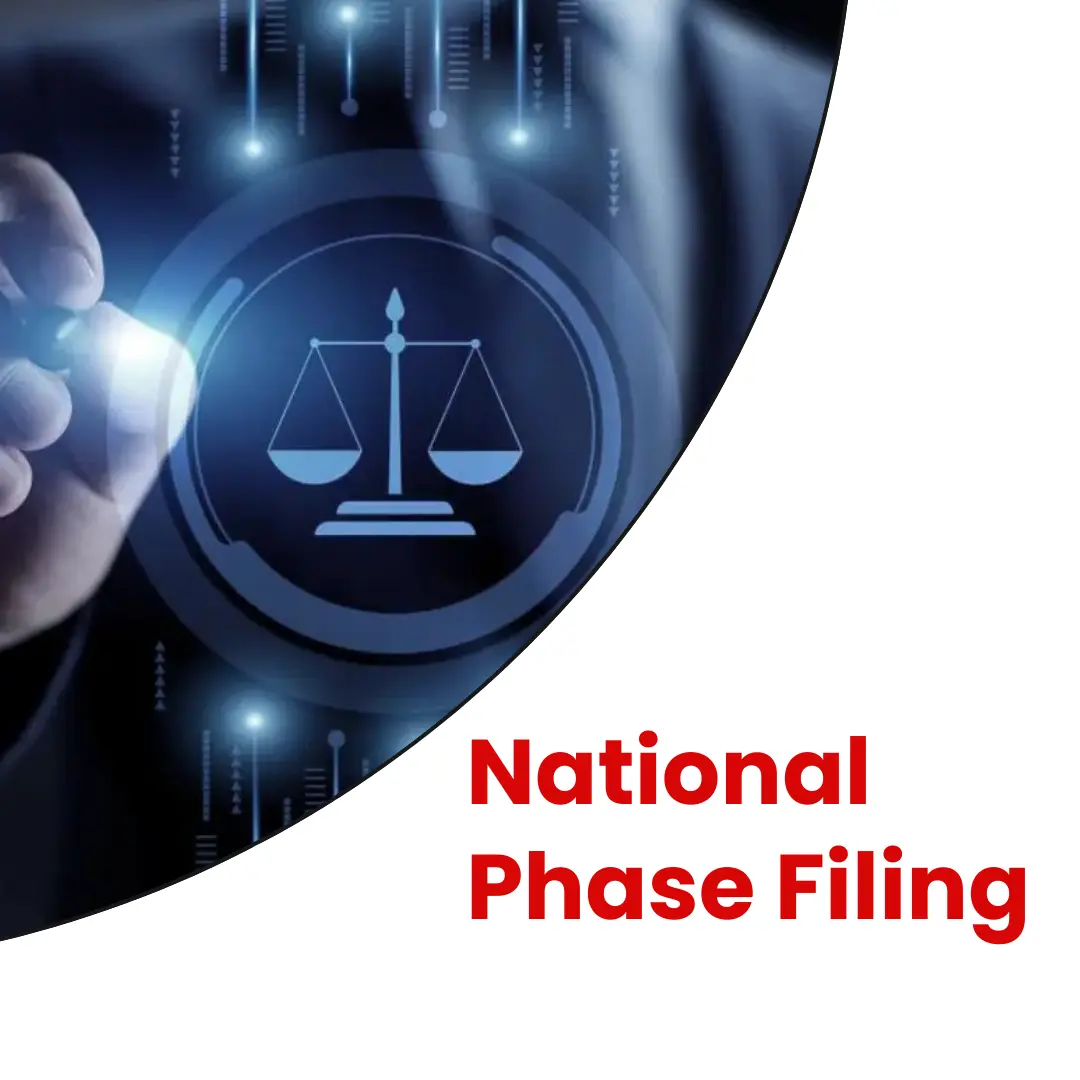Patent filing and prosecution are critical steps in securing exclusive rights for your innovations. Whether you’re an inventor, a startup, or an established organization, understanding the patent process ensures that your ideas are legally protected and commercially viable.
Meaning of Patent Filing
Patent filing is the formal submission of a patent application to a recognized intellectual property office (such as the USPTO, EPO, or IPO India). It involves drafting a detailed technical disclosure of the invention, defining the claims, and ensuring all legal and procedural requirements are met. The goal is to secure a filing date and begin the examination process.
Steps of Patent Filing:
Prior art search & novelty assessment
Drafting patent specification (provisional/full)
Submission to the patent office
Payment of official fees
Overview of Patent Prosecution
Patent prosecution refers to the back-and-forth process between the applicant and the patent office after the application is filed. It includes responding to objections or rejections (Office Actions), clarifying claims, and negotiating scope. The objective is to persuade the examiner that the invention meets all patentability criteria: novelty, inventive step, and industrial applicability.
Patent Prosecution Involves:
Responding to patent examination reports
Amending claims or specifications
Attending hearings or interviews with examiners
Appealing or requesting reconsideration if rejected
Why Expert Guidance is Important for Patent Filing & Prosecution
Both filing and prosecution demand technical precision and legal strategy. Partnering with experienced patent agents or attorneys ensures your application stands the best chance of approval while minimizing risks of future patent infringement or opposition.
Key Components for Patent Filing:
Jurisdiction: Where should you file? (Domestic, PCT filing, or national phase)
Timing: Should you file a provisional first?
Budgeting: Filing, prosecution, and maintenance involve costs at each stage
Business Alignment: Ensure the patent strategy supports product, market, and licensing goals




